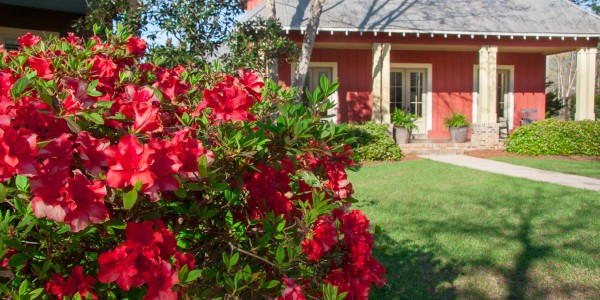By Kimberly Toscano
Are you looking to beautify that vast stretch of lawn spreading between your home and the neighbor’s property, but not sure where to begin? Garden borders are a great way to break up the space, add color, and define boundaries. With a diversity of plant sizes, Encore® Azaleas are perfect for layering or grouping in mixed borders. But gardening along property borders can sometimes cause conflict. Keep the peace and create dynamic borders with these simple tips.
Set Your Goals
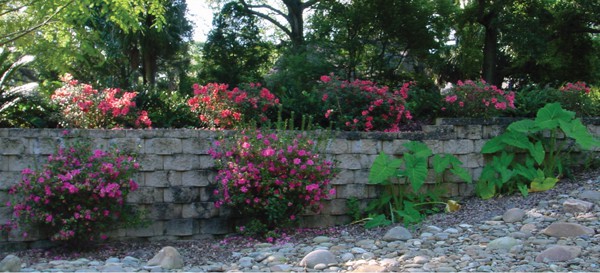
Planting in the no-man’s land between properties yields many rewards, from creating privacy to defining space. Start with a clear understanding of what you want to accomplish through landscaping along the property line. Are you simply wanting to beautify the space and add more garden area to your landscape? Do you wish for more privacy or want to clarify the property line? Perhaps you need the planting to provide a windbreak, security, or other service. Setting clear goals will help you decide between planting a simple hedge, installing a fence, or planning a more decorative border garden.
Know and Respect Property Lines
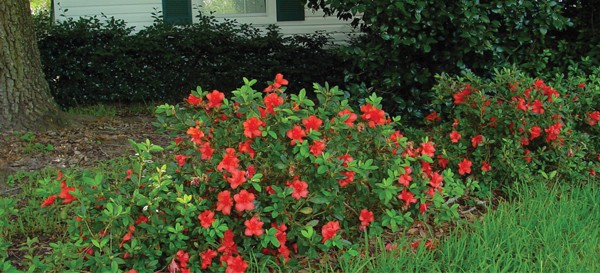
An official property survey takes the guesswork out of locating property lines. Surveys are particularly important when property lines are disputed. Once you know where the property line officially lays, you can plan your garden accordingly. When planning the garden, consider the mature size of each plant. Install plants far enough away from the property line that they will remain on your side even when fully-grown.
Two Sides Are Better than One
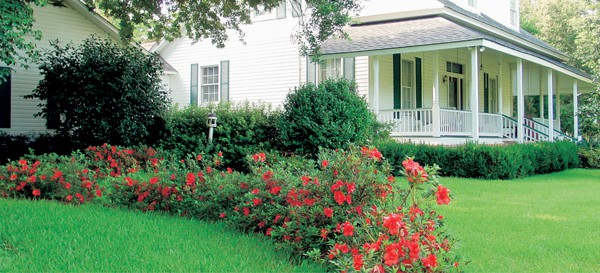
Before you tackle the border garden, talk with your neighbors – perhaps they are also interested in livening up the space. Designing the border to be two-sided makes for happy neighbors on both sides of the planting. You and the neighbor may have differing ideas about the space. Listen to his or her input, and find a solution you can both agree upon. Communicating your plans ahead of time also reduces problems such as property line disputes.
Let the Fun Begin!
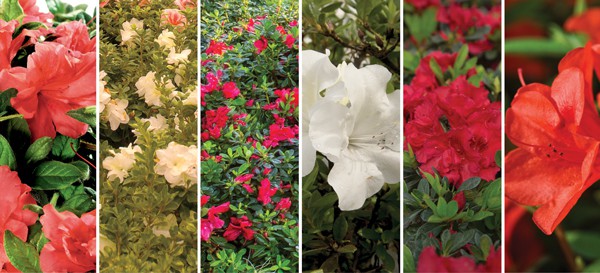
When it comes to designing borders the possibilities are endless. A simple garden hedge of Autumn Monarch®, Autumn Moonlight®, or another intermediate-sized variety provides year-round color with evergreen foliage and colorful blooms. Hedges help define space and mark property lines. They can stand alone or be incorporated along the backside of a mixed border. For a double row hedge, add a layer of dwarf azaleas such as Autumn Bonfire® or Autumn Ivory® in front of taller varieties. Hedges work best in short runs, as a very long hedge will look and feel monotonous.
Mixed borders incorporate evergreen and deciduous shrubs, perennials, and grasses. Each plant type plays a functional role, with fast-growing deciduous shrubs offering privacy early on as slower-growing needle-leaf evergreens fill out. Broadleaf evergreens like Autumn Fire® and Autumn Bravo® provide year-round structure, while grasses add textural contrast. Mixed borders lend themselves to both dwarf and intermediate-sized Encore® Azaleas.
Establishing bed lines that are both functional and aesthetically pleasing can be tricky. To avoid mowing and maintenance nightmares, start and end bed lines at right angles to the property line. If you are working with a small property and completely (or almost fully) enclosing the lawn area, define the shape of the lawn rather than the shape of the bed line. Gardens will fall into place along the lawn form for a unified landscape design. For larger properties and long garden borders, bed lines with fewer large, sweeping curves are better than numerous, tight bends.
